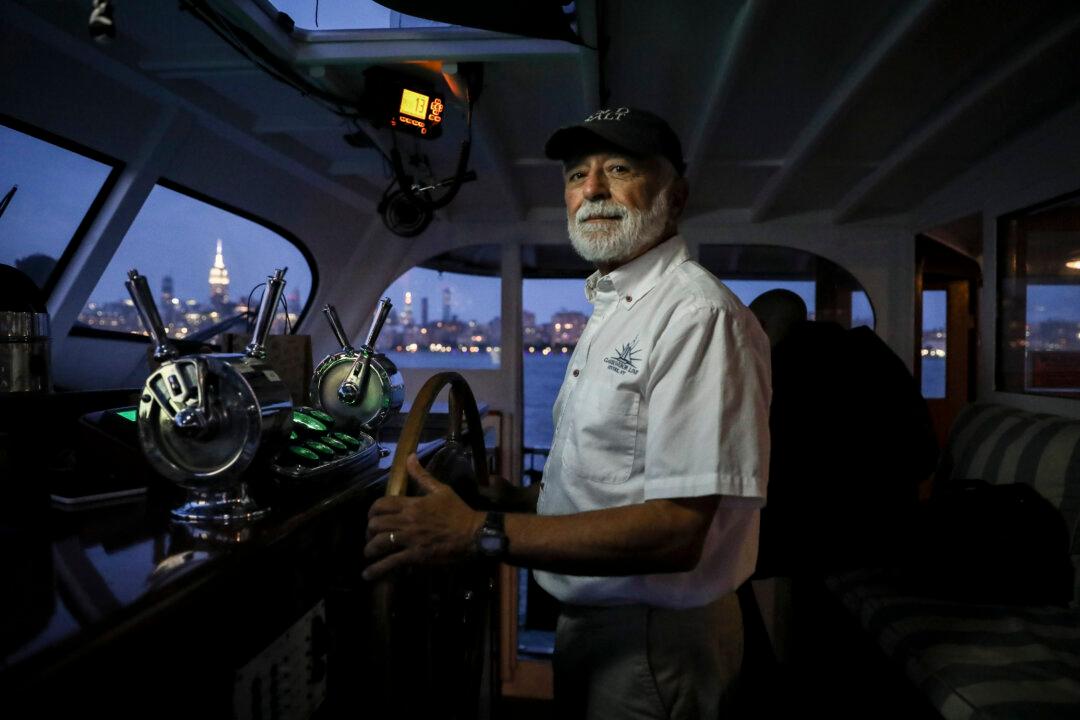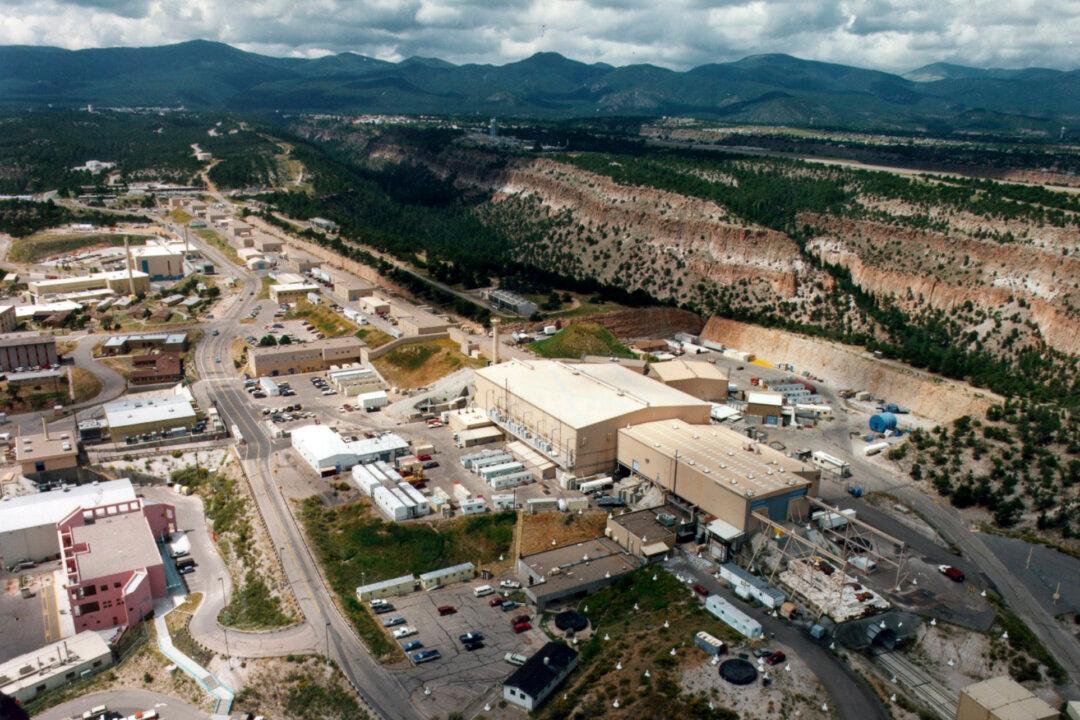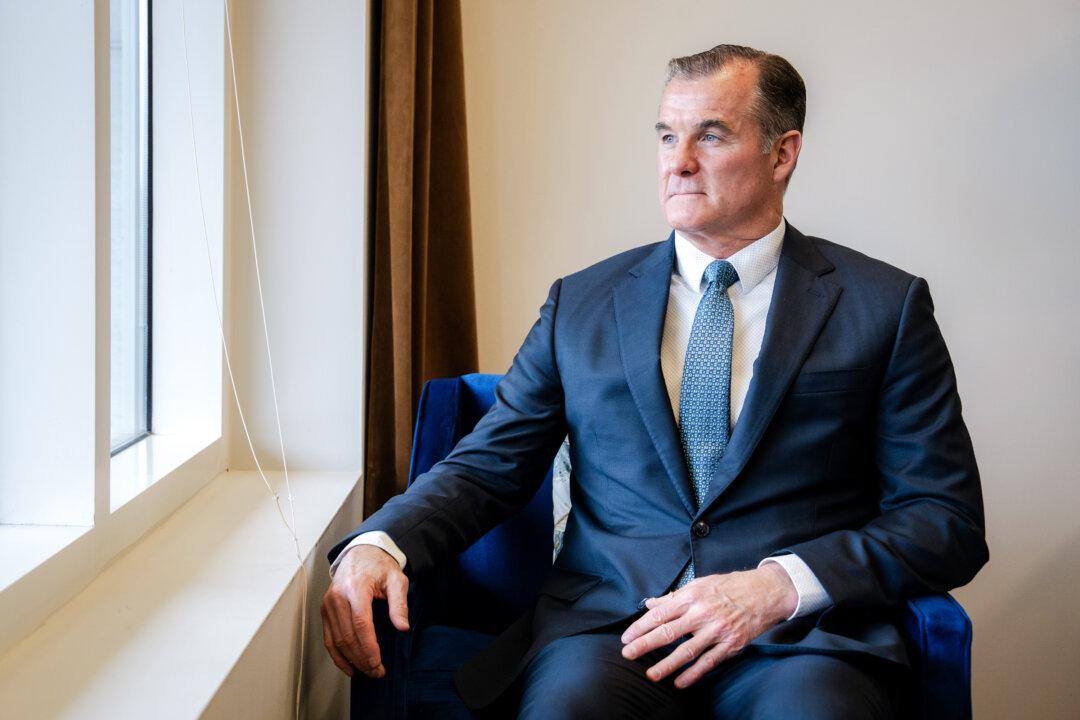NEW YORK—A sailor is someone with an adventurer’s soul, according to Captain Greg Freitas.
“A sailor is somebody who understands what’s ahead of them, knows that’s going to be dangerous, and adventures beyond the horizon—still goes to the horizon and seeks it out,” Freitas says. “And when they find the dangers there, they don’t charge right into them. They cope with them, they design their life so they can weave in and out. You use it, take these dangers, and use it to propel themselves to the next horizon.”






